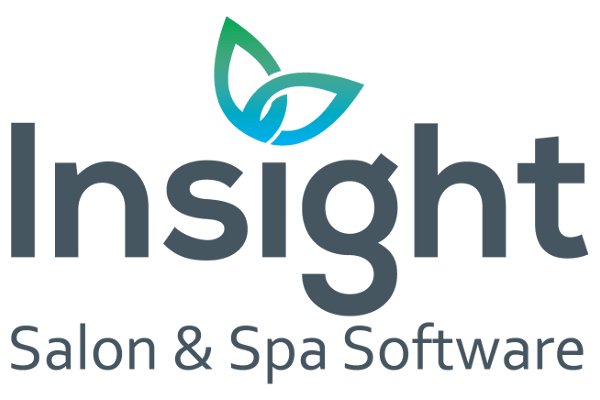When it comes to marketing, one of the biggest challenges is to get your audience to take action. How can you influence them to book an appointment, to purchase more retail products, or to refer a friend?
Simply by using SMS as a method to contact customers, part of the problem is solved as nearly all recipients (97%) will read the message, significantly more than through email or organic social media posts.
To effectively engage customers via text message though, follow these best practices:
1. Consent: Request permission from clients before you text them. Not only is this a best practice, but it is also required by law in many countries.
2. Frequency: Don’t text clients too frequently. In addition to appointment confirmations and follow-ups, one promotional text every 4-6 weeks is probably ideal.
3. Value: Filter customers by demographics or purchase behaviors to send relevant messages that will interest the recipient.
4. Goals: What do you want to achieve by sending this set of text messages? If there is no purpose for the message, then don't send it.
5. Clarity: You only have 160 characters so keep the message concise. Limit it to one offer or idea; any more will reduce the likelihood of the reader taking action.
6. Call to Action: "Book your next visit now." "Call today to save your spot." Clearly tell people what action they need to take.
7. Hyperlinks: If you have a long domain name or if you use UTM codes to track web traffic, save space by utilizing a link shortening service like Bitly.
8. Urgency: For special offers, specify an end date to get people to take action immediately and not leave it for later.
9. Timing: Only send text messages during your business’s operating hours so you may respond immediately if they contact you.
10. Variations: Change up the message, especially with automated campaigns. Certain offers will lose its impact if the customer receives the same one every time.
11. A/B Testing: Try out a few different messages or calls-to-action and determine which produce the best results.
12. Tone: Stay professional. While common abbreviations are acceptable, avoid using any shorthand that some of your customers may not understand or appreciate.




